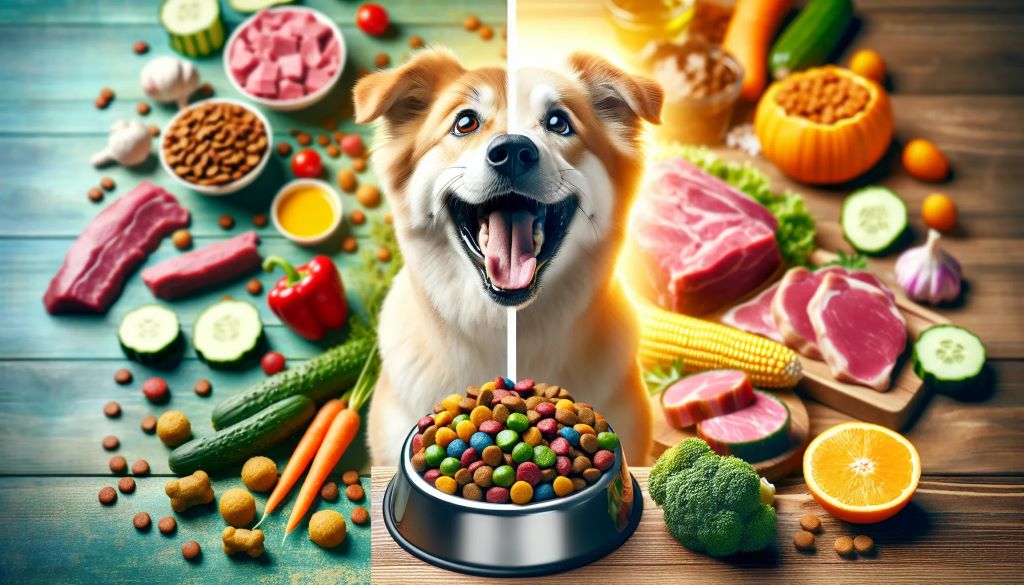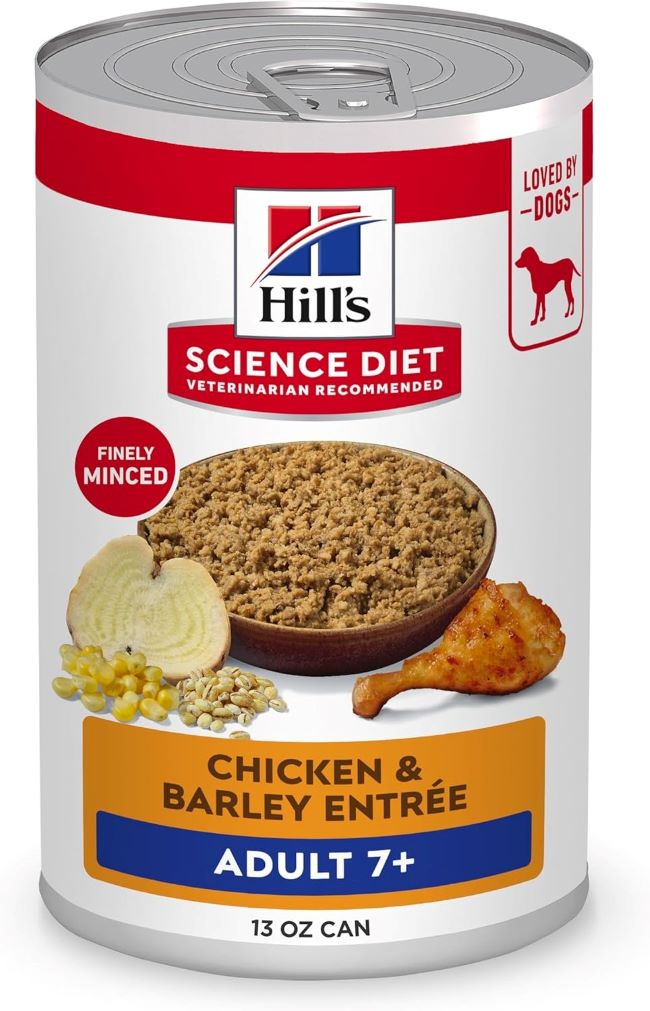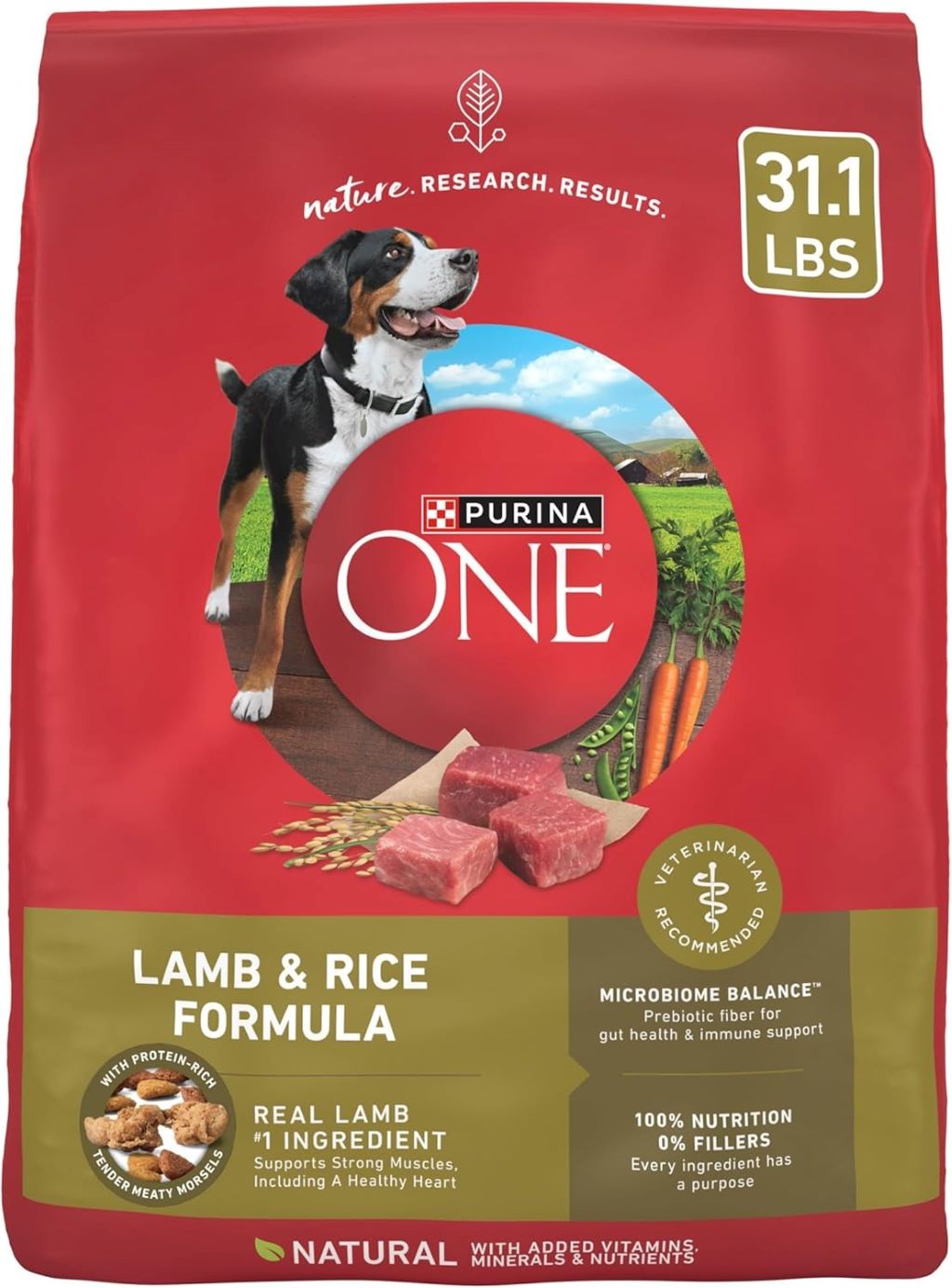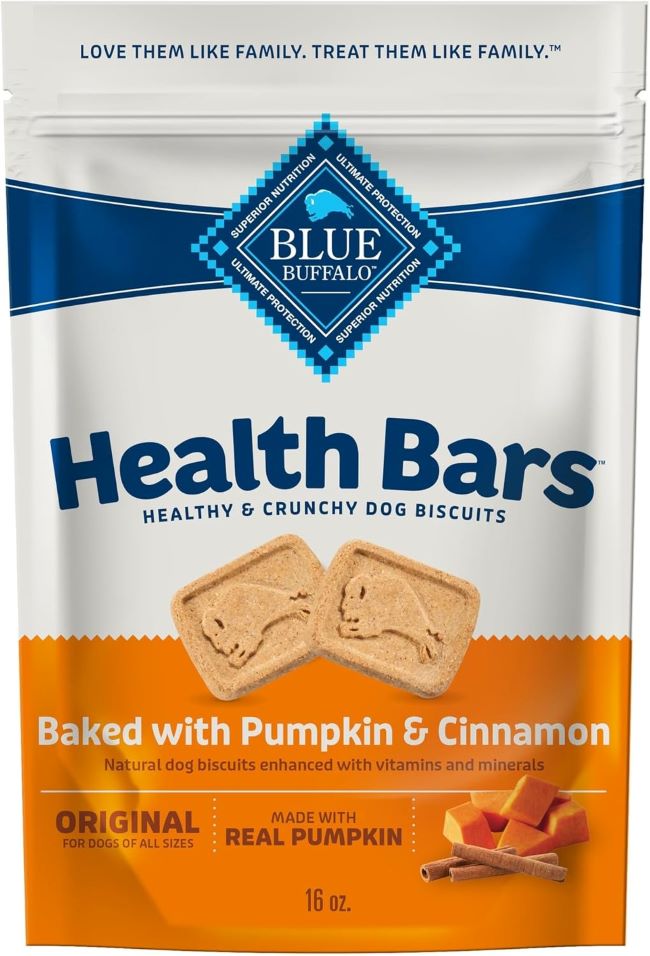Grain-free dog food has grown in popularity over the years, promising a more “natural” diet for our canine companions. But is it the right choice for your dog? This article will explore the advantages and disadvantages of grain-free options, helping you make an informed decision.
What is Grain-Free Dog Food?
Traditional dog food often contains grains like corn, wheat, rice, or barley. Grain-free formulas omit these, replacing them with alternative carbohydrates like potatoes, sweet potatoes, peas, or lentils.
Why the Grain-Free Trend?
The rise in grain-free diets is driven by several factors:
- Marketing: Grain-free food is often marketed as a healthier, more “ancestral” choice, appealing to pet owners seeking natural alternatives.
- Grain Allergies: A small percentage of dogs have true grain allergies, making grain-free a necessity.
- Other Health Concerns: Some owners believe grain-free options can help with weight management, skin issues, or digestive sensitivities.
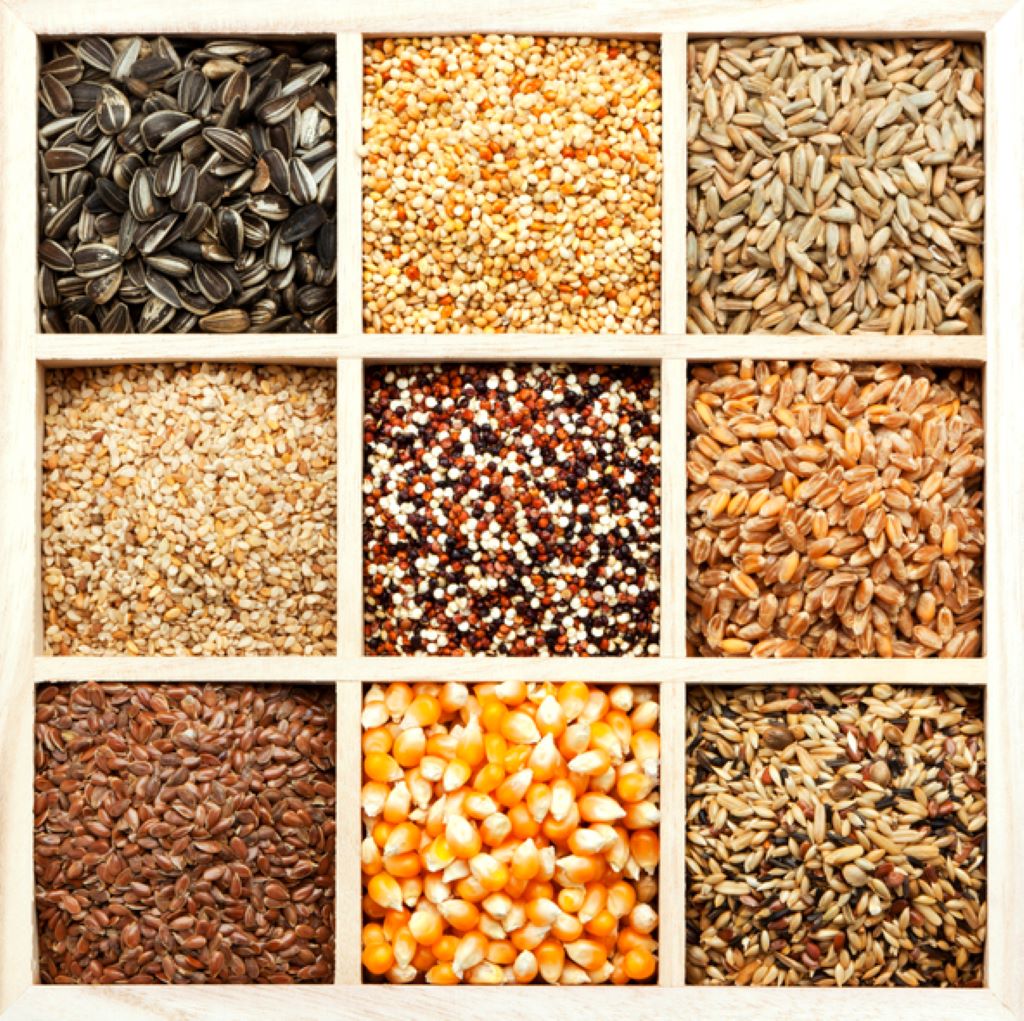
Pros of Grain-Free Dog Food
- Suitable for Dogs with Allergies: If your veterinarian has diagnosed your dog with a grain allergy, grain-free food is essential.
- Potential for Improved Digestion: Some dogs with sensitive stomachs may find grain-free options easier to digest due to the different carbohydrate sources.
- May Help with Weight Management: Certain grain-free formulas may be lower in calories and carbohydrates, potentially aiding weight loss in overweight dogs.
- Variety of Protein Sources: Many grain-free diets feature a wider range of protein sources (like fish or duck) alongside the usual chicken and beef.
Cons of Grain-Free Dog Food
- Not Necessarily Healthier: There’s no scientific evidence that grain-free is inherently healthier for all dogs. Grains provide essential nutrients like fiber and B vitamins.
- Potential for Nutritional Imbalance: Some grain-free formulas may lack specific nutrients if not carefully balanced. This is especially a concern with homemade or lesser-known brands.
- Higher Cost: Grain-free options tend to be more expensive than traditional kibble.
- Possible Link to Heart Disease: The FDA is investigating a potential link between grain-free diets and a heart condition called dilated cardiomyopathy (DCM). More research is needed, but it’s something to discuss with your vet.
Important Considerations Before Switching
- Consult Your Veterinarian: Always talk to your vet before making any significant changes to your dog’s diet. They can assess your dog’s individual needs and recommend the best course of action.
- Choose Reputable Brands: Select grain-free food from well-established brands with a history of quality and proper nutritional formulation.
- Monitor Your Dog: After switching, closely observe your dog for any changes in appetite, energy levels, coat condition, or stool quality.
Is Grain-Free Right for Your Dog?
The decision to go grain-free depends on your dog’s specific needs and health conditions. If your dog is thriving on a grain-inclusive diet, there’s likely no reason to change. However, if your dog has allergies or sensitivities, a vet-approved grain-free diet may be beneficial.
Remember, the best dog food is one that is complete and balanced for your dog’s age, breed, and activity level. Whether it contains grains or not is a secondary consideration.
Key Takeaway
Grain-free diets are not a magic bullet. They can be beneficial for some dogs, but the decision to switch should be made in consultation with your veterinarian. Focus on high-quality ingredients, balanced nutrition, and your dog’s individual needs.

